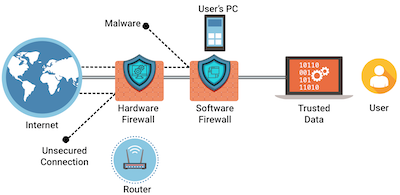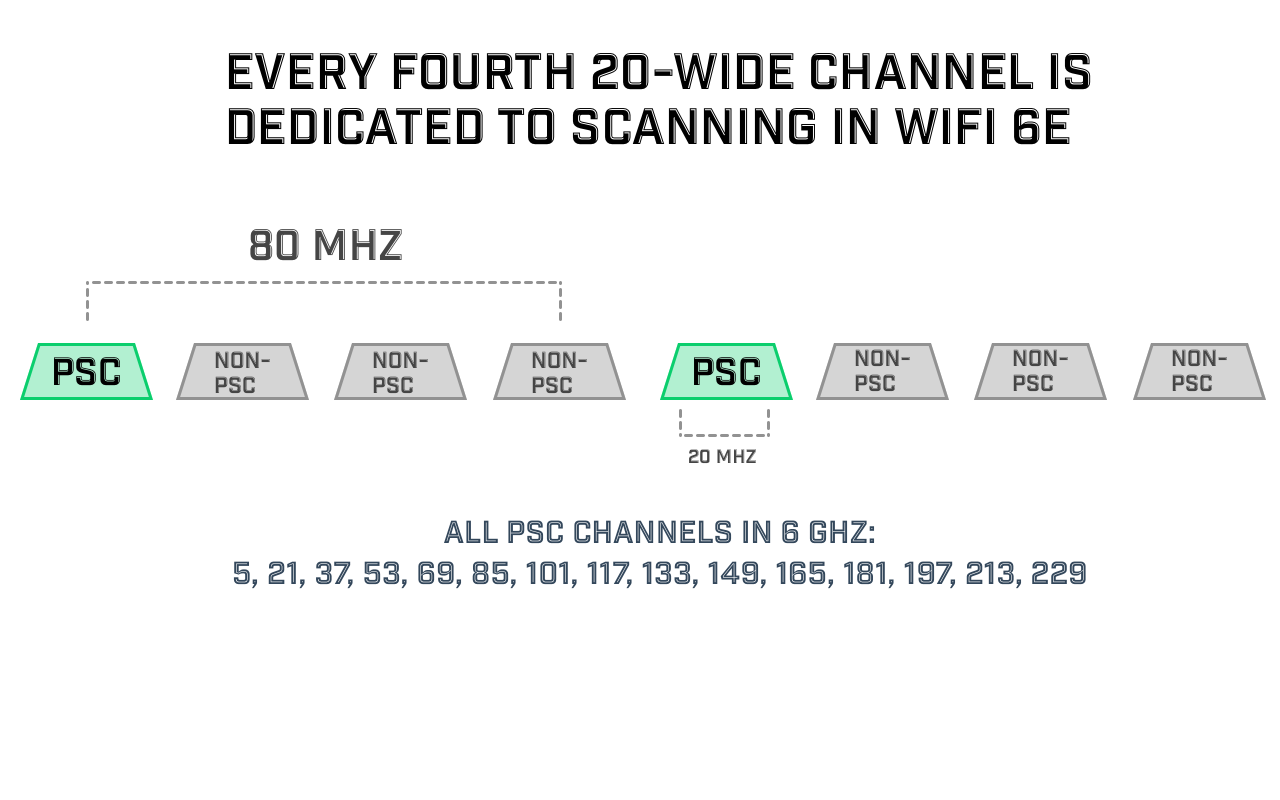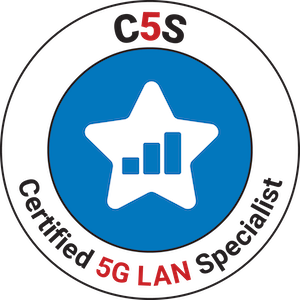Patient satisfaction is a crucial factor in the healthcare industry, as it not only affects the reputation of a hospital but also plays a role in the overall wellbeing of patients. With the increasing reliance on technology and the internet in the medical field, providing reliable hospital WiFi has become an essential part of ensuring patient satisfaction. In this blog post, we will discuss the importance of hospital WiFi and how it can be used to maximize patient satisfaction.
Blog Team
Recent Posts
Maximizing Patient Satisfaction with Reliable Hospital WiFi
[fa icon="calendar'] Dec 6, 2022 3:31:29 PM / by Blog Team posted in WiFi
10 Ways to Boost Your Hospital's WiFi Performance
[fa icon="calendar'] Dec 6, 2022 3:22:10 PM / by Blog Team posted in WiFi
In today's world, high-speed and reliable WiFi has become a crucial component of any successful healthcare facility. From enabling efficient communication and collaboration among staff, to supporting the use of telemedicine and remote patient monitoring, a strong WiFi network is essential for providing top-quality care. However, achieving optimal WiFi performance in a hospital or clinic can be a challenge, as these environments are typically large, complex, and subject to a variety of potential interference sources.
How to Secure Your Healthcare Facility's WiFi Network
[fa icon="calendar'] Dec 6, 2022 3:19:18 PM / by Blog Team posted in WiFi
Securing your healthcare facility's WiFi network is crucial to protect patient data and ensure the smooth operation of your organization. In today's digital age, patient data is a valuable asset that must be protected from unauthorized access or theft. A breach in your WiFi network could result in the loss of sensitive information, which could have serious consequences for your patients and your organization.
A Brief History of the NASA SEWP Contract
[fa icon="calendar'] Nov 17, 2022 2:12:00 PM / by Blog Team posted in SEWP
NASA SEWP
NASA SEWP (pronounced soup) has been around for over 30 years. It started out as a way for NASA scientists and engineers to streamline their purchase of work stations. Back then, the SEWP acronym stood for Scientific and Engineering Workstation Procurement. Later on, the acronym was changed to Solutions for Enterprise-Wide Procurement to better reflect the types of IT products and product-based services available through the contract.
(Note: Information was gathered from annual SEWP contract guide, public news stories and reports. Please contact us to correct any information).
What Are Preferred Scanning Channels (PSC) In 6 GHz WiFi?
[fa icon="calendar'] Sep 26, 2022 11:53:08 AM / by Blog Team
With the introduction of Wi-Fi 6E and 6 GHz WiFi came several new networking practices that are key to the optimal functionality of 6 GHz WiFi. One of these is the use of Preferred Scanning Channels.
For in-band discovery, or communication between clients and APs both on 6 GHz, every fourth 20-MHz wide channel is dedicated to sending/receiving/scanning for probe requests. The full list of PSCs is: 5, 21, 37, 53, 69, 85, 101, 117, 133, 149, 165, 181, 197, 213, and 229.
Read more about discovery and channel scanning here.
Already working with 6 GHz networking? For 7 days try out our Wi-Fi 6E-compatible scanning tool, WiFi Scanner for Windows at the link below.
Certified 5G LAN Specialist
[fa icon="calendar'] Sep 23, 2022 7:55:36 PM / by Blog Team
Private LTE and 5G
As an alternative to traditional WiFi or network cabling, private LTE and 5G networks are dedicated, private networks that use licensed, shared, or unlicensed wireless spectrum and LTE or 5G cellular networking infrastructure to transmit voice and data between users. Private LTE and 5G networks offer greater control over user equipment and service design than public networks.
How To Deploy Wi-Fi 6E Using 5 GHz Design
[fa icon="calendar'] Sep 15, 2022 1:57:52 PM / by Blog Team
We already know all the benefits of Wi-Fi 6E / 6 GHz networking. So how do we get there? What will it take for the world to switch to 6 GHz?
802.11x? How Fast Is It? Wi-Fi Standards, Amendments, and Speeds Explained
[fa icon="calendar'] Sep 12, 2022 3:47:42 PM / by Blog Team posted in WiFi
Wi-Fi Alliance vs. IEEE
Wi-Fi is a trademarked term owned by the Wi-Fi Alliance. Wi-Fi is a wireless networking technology standard that allows devices to communicate over a variety of distances using radio waves.
The Institute of Electrical and Electronics Engineers (IEEE) sets technical standards for all types of wireless technology; however, 802.11 focuses on wireless networking technology standards. The current standard is 802.11ax-2021, which is based on the use of the 6 GHz frequency band for commercial wireless networking. There actually is no 802.11x!
Devices that are certified as Wi-Fi 6E are adherent to the 802.11ax-2021 standard which mainly covers the use of the 6 GHz frequency band for commercial wireless networking. Each standard that has been released over the past few decades mark large achievements in Wi-Fi technology and faster speeds.
Which Countries Have Wi-Fi 6E / 6 GHz?
[fa icon="calendar'] Aug 15, 2022 11:48:33 AM / by Blog Team posted in WiFi
Curious as to what countries have actually adopted the new Wi-Fi 6E / 6 GHz frequency spectrum?
WLAN Pi Pro - Multi-purpose WiFi Analysis Hardware and Software
[fa icon="calendar'] Aug 12, 2022 3:01:59 PM / by Blog Team posted in WiFi
The WLAN Pi Pro is the next iteration of the popular WLAN Pi project. It is a multi-purpose Wi-Fi analysis tool capable of monitoring and analyzing your wifi environment. It comes with an original enclosure, a custom carrier board, dual tri-band Intel AX210 wifi cards, battery, a heatsink for active cooling and a wifi antennas for better signal strength.









